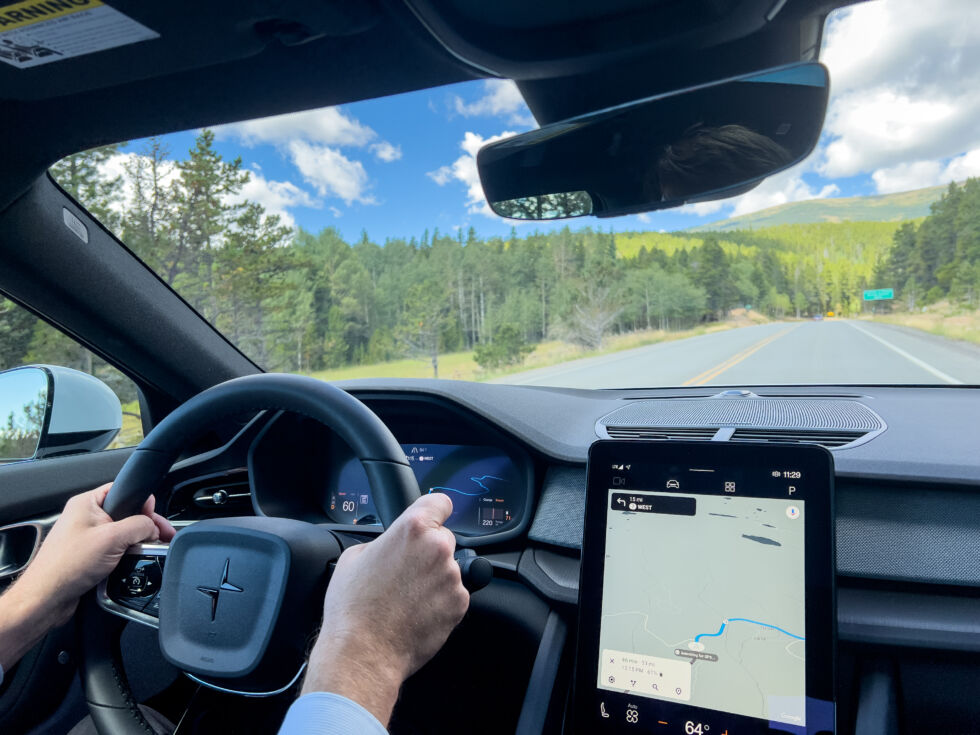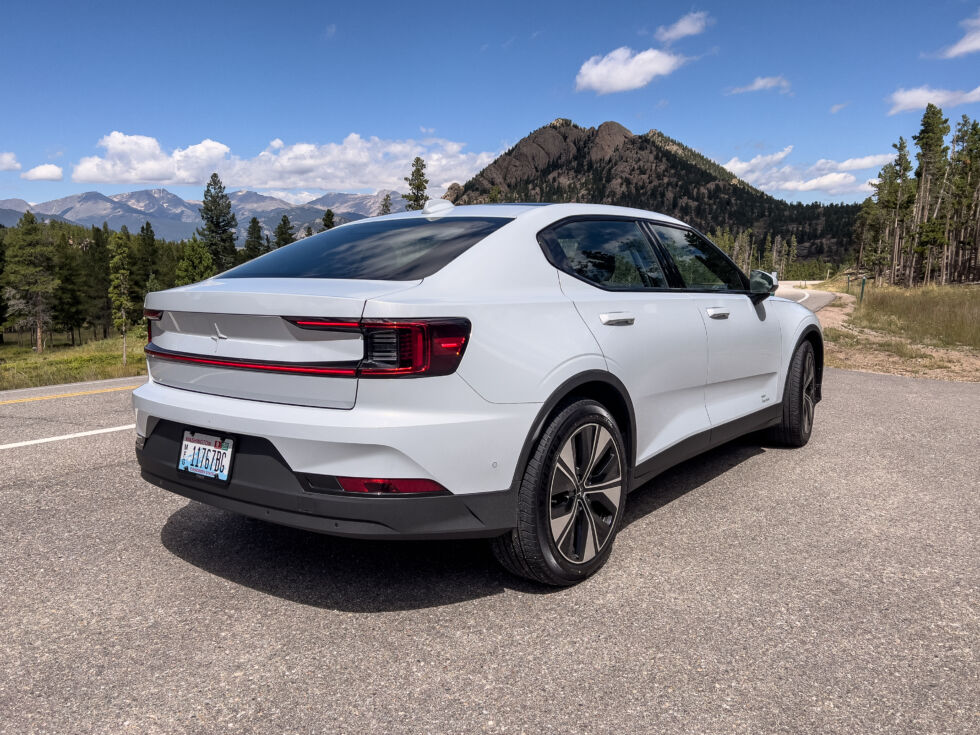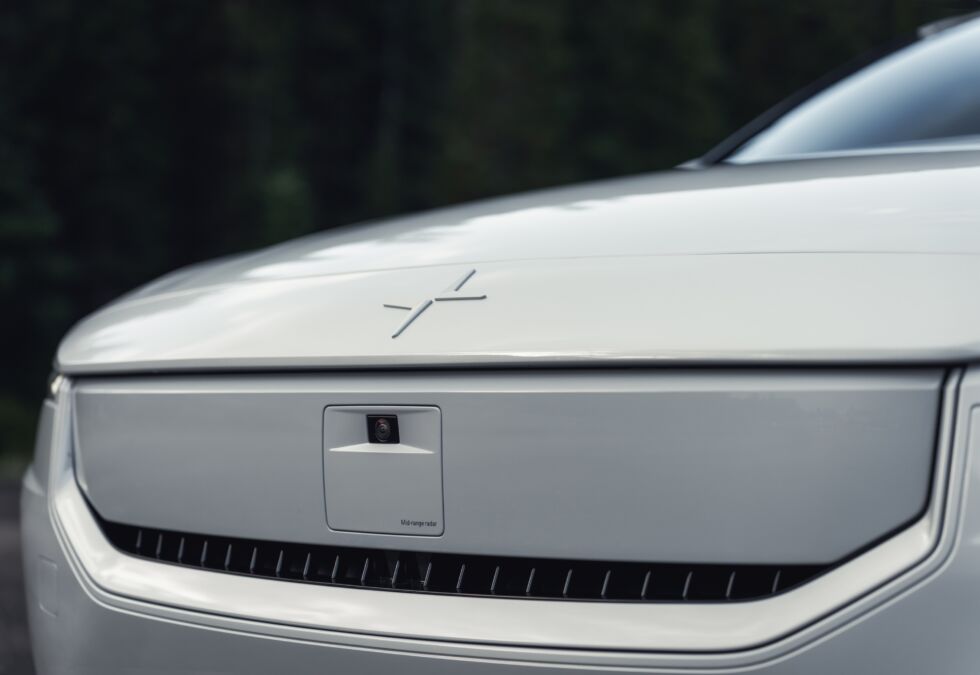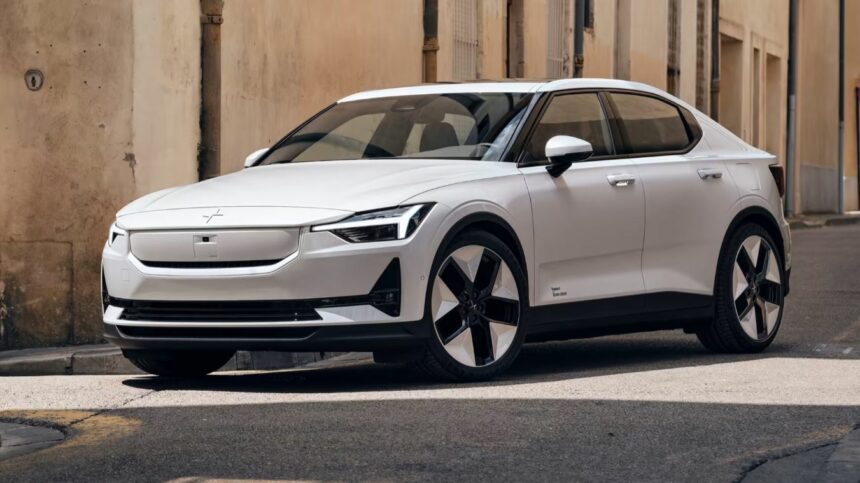The midlife refresh of the 2024 Polestar 2 primarily focuses on functional improvements rather than cosmetic changes. While there are subtle updates such as new wheel designs and a replacement of the front grille with a body-colored panel, the real work has gone into enhancing the car’s unseen aspects. Polestar has prioritized improving efficiency and, notably, has made the cheaper single-motor version much more enjoyable to drive.
When Polestar initially launched the Polestar 2 in 2020, it offered a dual-motor all-wheel-drive version followed by a more affordable single-motor model. Interestingly, despite the higher cost and greater power of the dual-motor variant, the single-motor model stood out as the more appealing choice. In this refresh, the single-motor version has received the most attention, including the noteworthy change of the rear-wheel drive setup, replacing the front-wheel drive configuration.

Polestar has introduced a robust electric motor in its latest offering, delivering a substantial power upgrade with an output of 299 horsepower (220 kW) and 361 lb-ft (490 Nm) of torque. This marks a remarkable 29 percent increase in power and a substantial 48 percent boost in torque when compared to the previous single-motor model. Complementing this enhanced motor is a new silicon carbide inverter, known for its improved efficiency.
Additionally, the vehicle is equipped with a new battery pack featuring a 79 kWh capacity (82 kWh gross). This battery employs the same chemistry as the dual-motor Polestar 2 but has been upgraded to support faster charging, now capable of reaching speeds of up to 205 kW, compared to the previous 155 kW. Thanks to the combination of a larger battery, a more efficient motor, and an upgraded inverter, the Polestar 2 achieves an extended range of up to 320 miles (515 km) on the EPA test cycle, providing greater driving autonomy.

The 2024 single-motor Polestar 2, priced at $49,900, comes at a slightly higher cost compared to last year’s front-wheel drive model. However, Polestar has offset this increase by reducing the price of the plus pack by $2,000. The plus pack includes enhancements like a superior sound system, a panoramic roof, a heat pump, and interior trim upgrades.
For the $55,300 dual-motor Polestar 2, the new rear motor and inverter replace the previous equipment, favoring rearward power delivery. This results in impressive peak power and torque figures of 421 horsepower (310 kW) and 546 lb-ft (740 Nm). Notably, the front motor can now be disengaged while driving to enhance efficiency. When combined with the new, more efficient rear drive unit, the range has expanded by 16 miles (25 km) to reach 276 miles (444 km).

The dual-motor Polestar 2 variants maintain the same 75 kWh (78 kWh gross) battery as previous models, allowing for a maximum fast-charging rate of 155 kW. However, this means that, compared to the rear-wheel drive version, the all-wheel drive (AWD) variant sacrifices some of the key metrics EV customers prioritize, namely range.
For those opting for the $5,500 performance pack, peak power is boosted to 455 horsepower (335 kW). However, this increase in power comes at the cost of reduced range due to the use of summer tires, resulting in a range of 247 miles (397 km). The performance pack also includes intelligent Öhlins DFV dampers.

The dual-motor Polestar 2 remains a highly capable EV, and even without the performance pack, it accelerates from 0 to 60 mph nearly 1.5 seconds quicker than its single-motor counterpart. The all-wheel-drive capability alone is likely to sway most buyers, as evidenced by Polestar’s statement that 70 percent of its customers in the US have chosen this option. While the added power is noticeable, the driving experience remains exceptionally stable and sure-footed, whether you’re experimenting with the electronic aids or pushing the vehicle’s limits.








